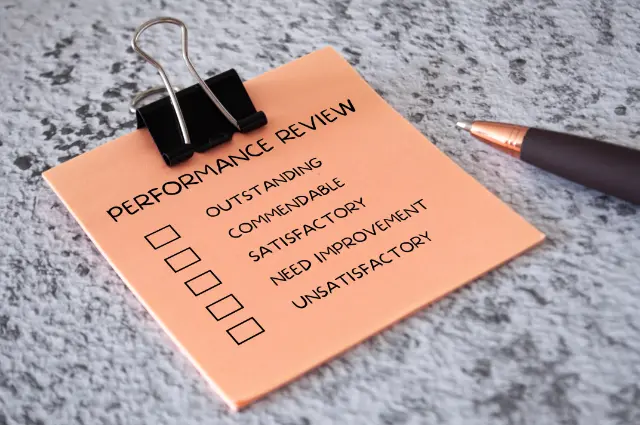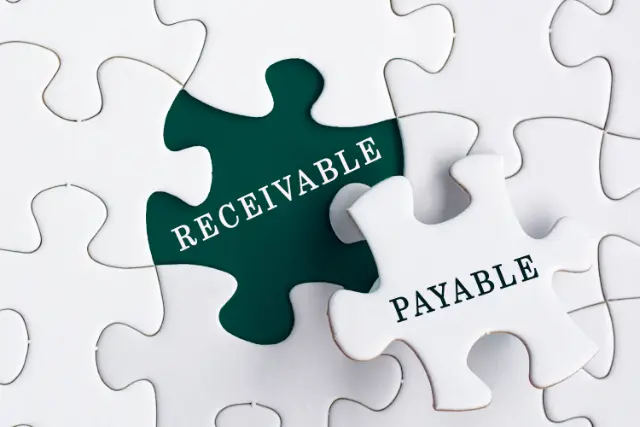Automate Employee Onboarding: Fuel Seamless Manufacturing Success
In the competitive manufacturing landscape, streamlining operations is crucial for efficiency and productivity. Employee onboarding is a critical process that often faces challenges due to manual paperwork, disjointed training programs, and inconsistent system access provisioning.
Employee onboarding automation offers a powerful solution to these challenges, empowering manufacturers to onboard new hires seamlessly and effectively. By harnessing the capabilities of Python, AI, and cloud-based platforms, businesses can revolutionize their onboarding processes, ensuring compliance, improving accuracy, and fostering a positive employee experience from day one.

The Power Trio: Python, AI, and Cloud for Employee Onboarding Automation
Python for Unattended and Attended Bots
Python’s versatility and ease of use make it ideal for developing both unattended and attended bots for employee onboarding automation. Unattended bots can automate repetitive tasks such as data entry, document processing, and system access provisioning, freeing up HR teams to focus on more strategic initiatives. Attended bots, on the other hand, provide real-time assistance to new hires, guiding them through onboarding tasks and answering their questions. With Python, businesses can customize these bots to meet their specific onboarding needs.
Cloud Platforms: Orchestrating Automation at Scale
Cloud platforms offer a comprehensive suite of features and capabilities that surpass traditional RPA/workflow tools. They provide a centralized platform for managing and orchestrating automation processes, ensuring seamless integration with various systems and applications. The scalability and elasticity of cloud platforms enable businesses to handle large volumes of onboarding tasks efficiently and cost-effectively.
AI for Enhanced Accuracy and Edge Case Handling
AI techniques such as image recognition, natural language processing (NLP), and generative AI can significantly enhance the accuracy and efficiency of employee onboarding automation. AI-powered bots can extract data from complex documents, understand and respond to natural language queries, and even generate personalized onboarding materials. By leveraging AI, businesses can automate even the most complex onboarding tasks and handle edge cases that traditional automation approaches may struggle with.

Building the Employee Onboarding Automation with Python and Cloud
Step 1: Process Analysis and Workflow Design
Begin by thoroughly analyzing the employee onboarding process, identifying each subprocess and its dependencies. Map out the workflow using a tool like BPMN (Business Process Model and Notation), ensuring a clear understanding of the process flow.
Step 2: Bot Development with Python
Use Python to develop both unattended and attended bots for automating various subprocesses. Leverage Python’s rich libraries for data manipulation, document processing, and system integration. Customize the bots to align with specific onboarding requirements and company policies.
Step 3: Cloud Orchestration and Integration
Integrate the developed bots with a cloud platform to orchestrate the onboarding workflow. Utilize the cloud platform’s features for task scheduling, error handling, and monitoring. Ensure seamless integration with HR systems, training platforms, and other relevant applications.
Step 4: Data Security and Compliance
Implement robust data security measures to protect sensitive employee information processed during onboarding. Adhere to industry regulations and best practices for data handling and privacy.
Python vs. No-Code RPA/Workflow Tools
While no-code RPA/workflow tools offer a low-code/no-code approach, they often lack the flexibility and customization capabilities of Python. Python provides greater control over bot behavior, allowing for complex automation scenarios and edge case handling. Additionally, Python enables direct integration with cloud platforms, providing a more scalable and efficient solution.
Algorythum’s Approach: Client-Centric Python-Based Automation
Algorythum recognizes the limitations of off-the-shelf automation platforms and takes a client-centric approach. By leveraging Python and cloud technologies, we tailor automation solutions to meet the unique requirements of each client. This approach ensures optimal performance, scalability, and compliance, ultimately delivering superior outcomes for our clients.

The Future of Employee Onboarding Automation
The future of employee onboarding automation holds exciting possibilities for further enhancing the efficiency and effectiveness of this critical process. Here are a few potential extensions to consider:
- Integration with AI-powered chatbots: AI chatbots can provide personalized assistance to new hires throughout the onboarding process, answering questions, providing guidance, and resolving issues in real time.
- Gamification and interactive onboarding experiences: Gamification techniques can make onboarding more engaging and interactive, fostering a positive employee experience and increasing knowledge retention.
- Blockchain for secure and transparent record-keeping: Blockchain technology can be leveraged to create a secure and tamper-proof record of onboarding activities, ensuring compliance and transparency.
Subscribe to our newsletter to stay updated on the latest trends and advancements in employee onboarding automation. Contact our team today to get a free feasibility assessment and cost estimate for implementing a custom employee onboarding automation solution tailored to your specific requirements.

Algorythum – Your Partner in Automations and Beyond
At Algorythum, we specialize in crafting custom RPA solutions with Python, specifically tailored to your industry. We break free from the limitations of off-the-shelf tools, offering:
- A team of Automation & DevSecOps Experts: Deeply experienced in building scalable and efficient automation solutions for various businesses in all industries.
- Reduced Automation Maintenance Costs: Our code is clear, maintainable, and minimizes future upkeep expenses (up to 90% reduction compared to platforms).
- Future-Proof Solutions: You own the code, ensuring flexibility and adaptability as your processes and regulations evolve.









